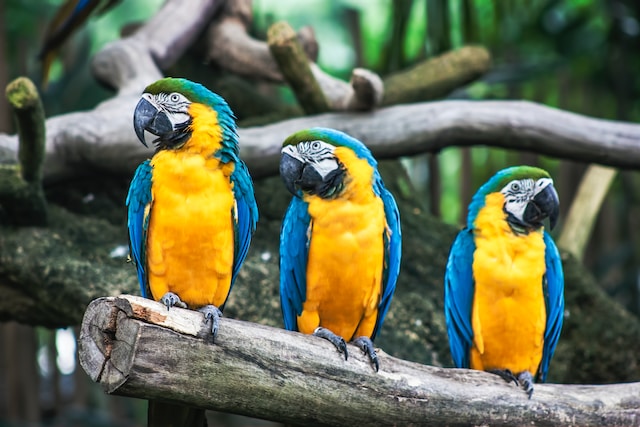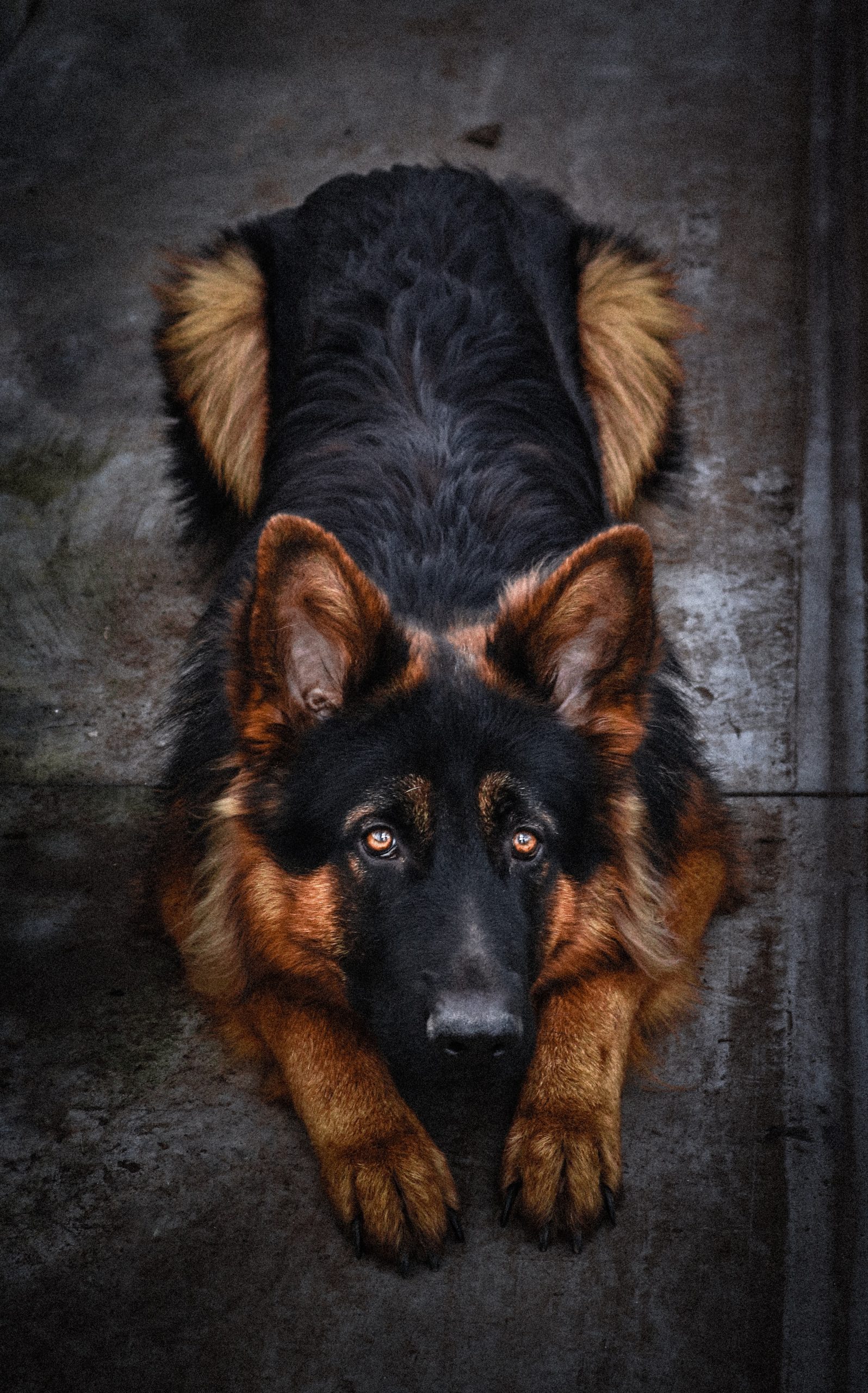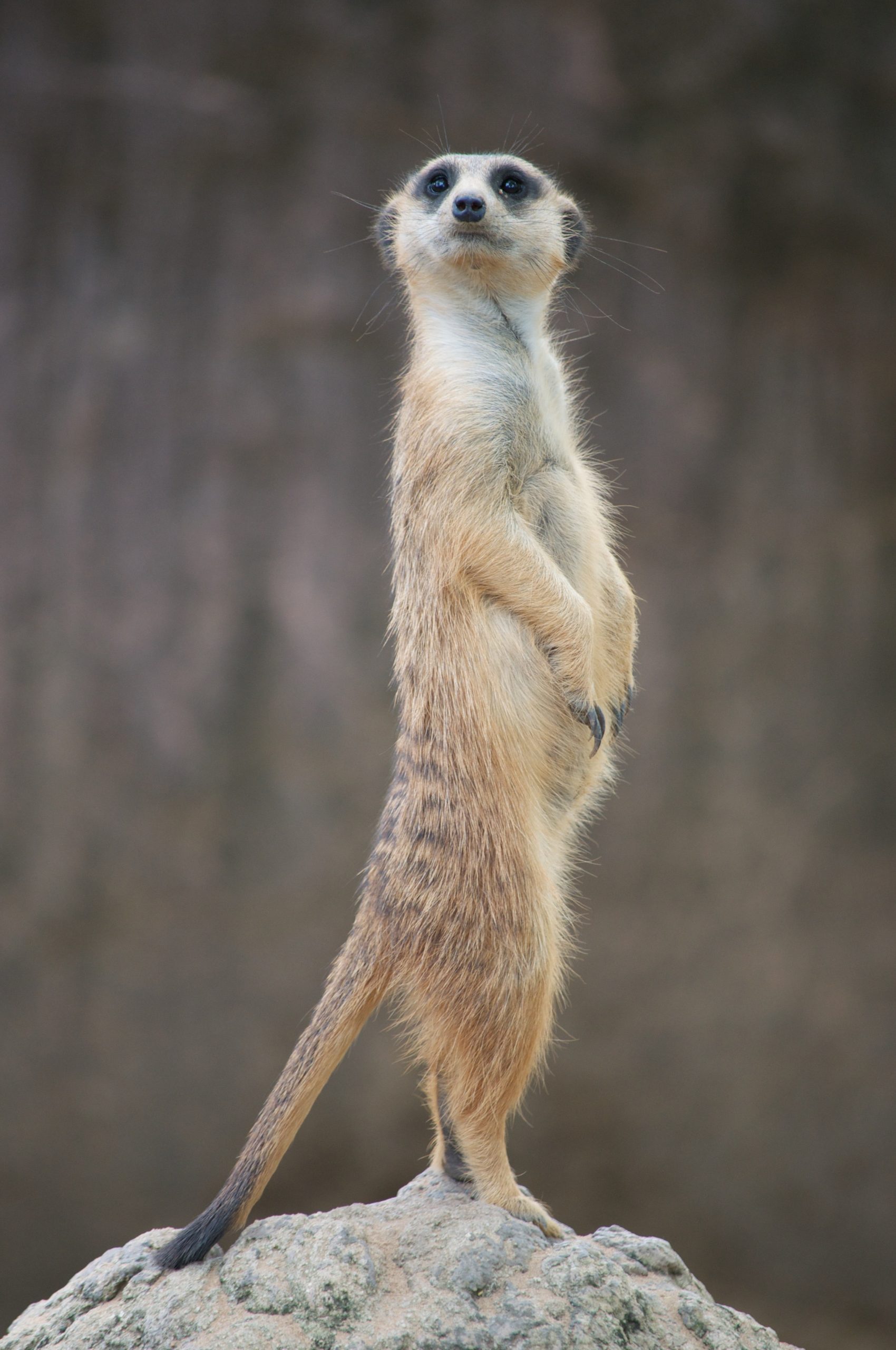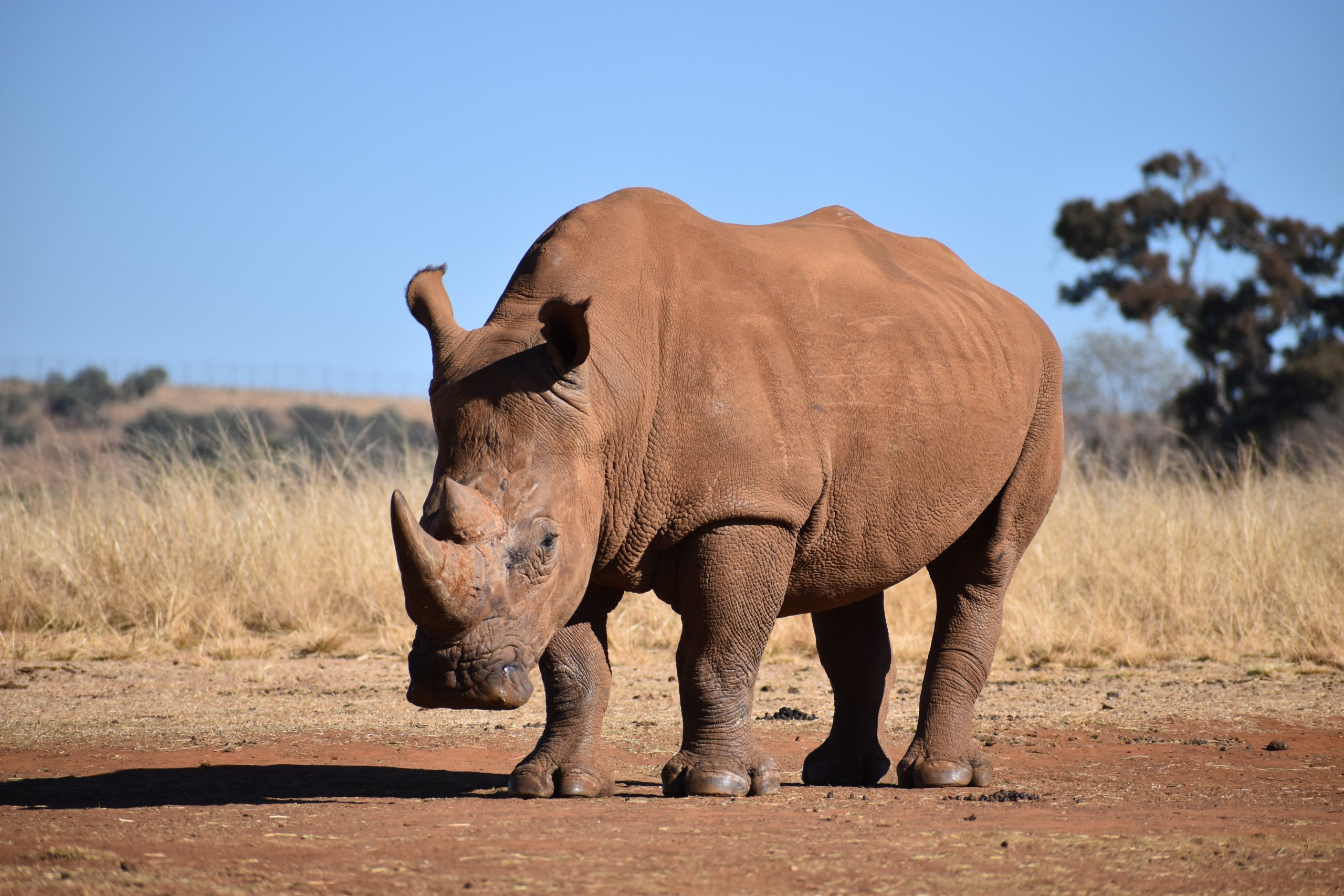Parrots, renowned for their brilliant plumage and extraordinary mimicry skills, have long captivated our attention with their ability to communicate. These intelligent creatures possess a remarkable gift for vocalization, making them fascinating subjects in the realm of avian communication. In this article, we delve into the captivating world of parrot communication, exploring their vocal repertoire, social interactions, and the profound connections they forge with humans.
Parrots are known for their vocal talents, and their ability to mimic human speech has earned them the reputation of being the “talking birds” of the avian world. Their vocalizations are not limited to mere mimicry; parrots use their calls and songs to express a wide range of emotions, establish social bonds, and navigate their complex social structures.
One of the most captivating aspects of parrot communication is their ability to mimic human speech. Several species, such as African Grey Parrots and Amazon Parrots, have demonstrated an astonishing aptitude for imitating human voices and even understanding their meaning. This remarkable skill has captivated researchers and parrot enthusiasts alike, leading to insights into the cognitive abilities of these avian marvels.
While the ability to mimic human speech is undoubtedly impressive, parrot vocalizations serve many other purposes in their natural habitats. In the wild, parrots communicate through a repertoire of calls, squawks, and songs. These vocalizations play a crucial role in establishing and maintaining social bonds, identifying potential threats, and coordinating group activities such as foraging and nesting.
Each parrot species possesses its own unique vocal repertoire, ranging from soft melodic calls to loud and raucous squawks. Some parrots, like the Monk Parakeets, engage in constant chattering to maintain contact with their flock members, creating a symphony of sound in their natural environment. Other species, such as the Sulphur-crested Cockatoo, utilize elaborate crests and body movements to complement their vocalizations, creating a visual spectacle that further enhances their communication.
Parrots also use their vocalizations to express a wide range of emotions, including joy, fear, and distress. Through subtle variations in tone, rhythm, and pitch, they convey their internal states to fellow parrots, signaling their intentions and alerting others to potential dangers. Their ability to vocalize complex emotional states adds depth and nuance to their communication, highlighting their remarkable cognitive abilities.
Beyond their interactions within the avian world, parrots have forged profound connections with humans. Through training and socialization, they can develop an understanding of human language and engage in meaningful conversations. Many pet parrots become cherished companions, capable of recognizing and responding to their human caregivers’ words and emotions. These interspecies relationships exemplify the incredible adaptability and social intelligence of parrots.
However, it is important to note that not all parrots possess the ability or inclination to mimic human speech. Each individual bird has its own unique personality and vocal capabilities, influenced by factors such as species, environment, and individual upbringing. It is crucial to approach parrot communication with respect and an understanding of their natural behaviors and needs.
In conclusion, parrot communication is a rich and intricate tapestry that encompasses mimicry, vocalizations, social interactions, and deep connections with humans. Their ability to mimic human speech has captivated our imagination, while their complex vocal repertoire and emotional expressions reveal a fascinating world of avian communication. By delving into the intricacies of parrot communication, we gain a deeper appreciation for these extraordinary creatures and the bonds they form with both their avian counterparts and the human world.










